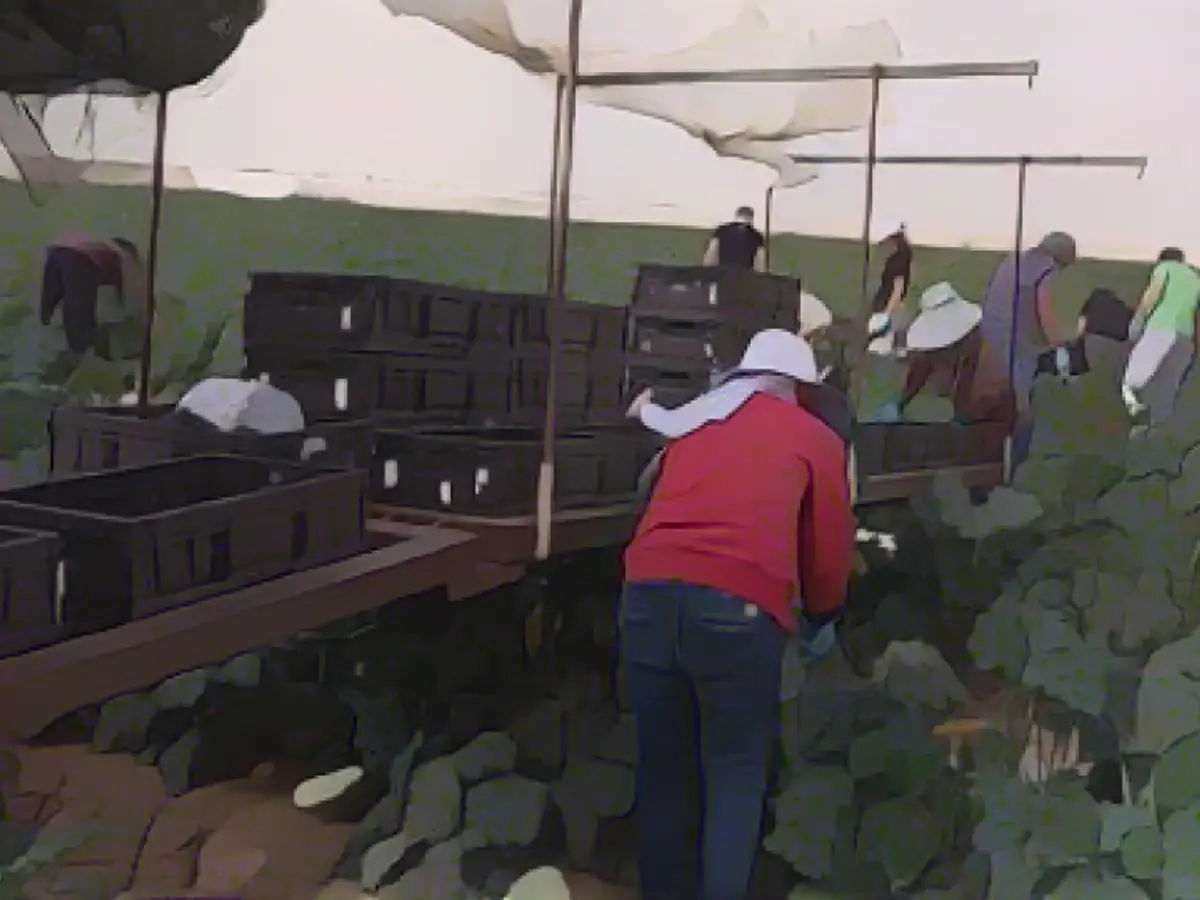In the heart of continuous strife, crops sometimes wilt in Gaza's soil due to various reasons. Despite Hamas's challenges, Israeli agriculture relies on volunteer workers during their harvest season. Without these heroes, Israeli supermarkets might face a stark, barren landscape. Internationally, the world bears witness as Israeli agriculture weather storms.
The dedication of volunteers, particularly those affiliated with organizations like KKL-JNF, plays a significant role in preserving Israeli agriculture in the face of Gaza Strip's turmoil.
Source:
Volunteer workers, particularly those involved with organizations like KKL-JNF (Keren Kayemet LeIsrael-Jewish National Fund), provide support in various ways:
- Land Transformation and Renewal: KKL-JNF is transforming fresh agricultural lands in the Gaza Envelope region, vital for the local population's livelihood. This labor-intensive process involves clearing the land, leveling and grading it, ensuring it meets requirements for agricultural use.
- Aid to Farmers: The organization assists farmers by offering them the infrastructure needed to reenter agricultural activities. This includes repurposing land previously designated as military zones and preparing it for planting and greenhouses.
- Reconstruction of Infrastructure: KKL-JNF's efforts focus on expanding agricultural zones, enabling farmers to accommodate new families and grow. This expansion is vital for the long-term survival of agriculture in the area.
- Community Encouragement: The contributions of KKL-JNF are viewed positively by local residents, who view this as a significant step towards restoring their lives and falling into their daily routines. This support goes beyond agriculture, touching on community development and resilience.
Although these efforts primarily support Israeli agriculture, they indirectly contribute to broader goals like maintaining Israel's food security, which is heavily influenced by the conflict in Gaza Strip. The destruction of agricultural lands and infrastructure in the Gaza Envelope region has been significant, with 70% of agricultural production and income impacted.







